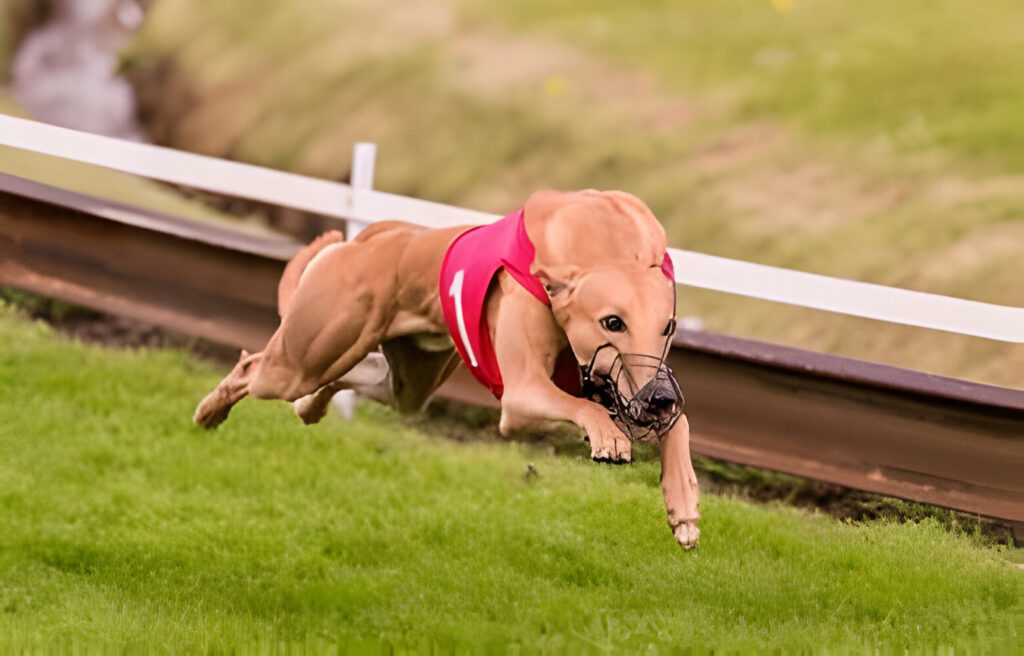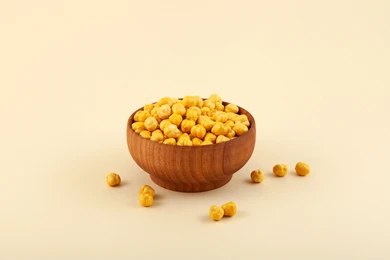
Training a Greyhound dog to race is a process that combines physical conditioning, mental preparation, and an understanding of the breed’s unique capabilities. Greyhounds are naturally built for speed, with their lean bodies and powerful muscles
. However, transforming a Greyhound into a successful racer involves a structured training regimen that enhances their natural abilities and prepares them for the rigors of racing. In this comprehensive guide, we’ll explore how to train a Greyhound dog to race, focusing on each critical aspect of the training process.
How to Train a Greyhound Dog to Race
Understanding Greyhound Physiology
1. Natural Sprinters:
Greyhounds are born sprinters, capable of reaching speeds up to 45 mph. Their bodies are designed for short bursts of speed rather than long-distance running. Understanding this natural ability is crucial for developing a training program that maximizes their sprinting potential.
2. Muscle Development:
Greyhounds have a high percentage of fast-twitch muscle fibers, essential for explosive speed. Training should focus on building and maintaining these muscles to ensure they can perform at their peak during races.
Early Socialization and Basic Training
1. Puppy Socialization:
The first step in training a Greyhound dog to race is socializing them as puppies. Early socialization helps them become well-adjusted, confident, and responsive to commands, providing a solid foundation for future training.
2. Basic Obedience Training:
Before introducing race-specific training, Greyhounds need to master basic obedience commands such as sit, stay, and recall. This obedience is vital for ensuring they follow commands during races and behave appropriately in various environments.
Physical Conditioning
1. Endurance Building:
While Greyhounds are sprinters, building their endurance is essential for overall fitness. Regular long walks and controlled running sessions help improve their cardiovascular strength, which is crucial for sustaining high speeds during races.
2. Sprint Training:
To enhance their natural speed, Greyhounds should undergo sprint training. This involves short, high-intensity runs that mimic race conditions. Using a lure, such as a mechanical rabbit, can motivate them to chase and sprint with maximum effort.
3. Strength Training:
Incorporate exercises that focus on muscle building, such as uphill running and resistance training. Strengthening their muscles ensures they can sustain high speeds without injury and maintain peak performance during races.

Race-Specific Training
1. Starting Box Training:
Greyhounds need to become familiar with the starting box, as races begin from this position. Practice sessions should include placing the dog in the box and releasing them on command to chase a lure. This helps them associate the box with the start of a race and reduces anxiety.
2. Lure Training:
Using a mechanical lure is essential for training Greyhounds to race. The lure simulates the movement of prey, encouraging the Greyhound to chase it at full speed. Regular practice sessions with the lure help build their chasing instinct and improve their sprinting ability.
3. Track Familiarization:
Introducing Greyhounds to the racing track is crucial for their success. Familiarize them with the track layout, starting positions, and finish line. Regular track runs help them get comfortable with the racing environment and improve their performance.
Psychological Training
1. Confidence Building:
Building a Greyhound’s confidence is key to their success on the track. Positive reinforcement, such as treats and praise, helps them associate training with positive outcomes, boosting their confidence and enthusiasm for racing.
2. Handling Anxiety:
Greyhounds can experience anxiety, especially in new or stressful environments. Gradual exposure to the racing environment, accompanied by calm and reassuring behavior from the trainer, can help alleviate anxiety and improve their focus during races.
Health and Nutrition
1. Balanced Diet:
A balanced diet is essential to maintain a Greyhound’s health and energy levels. High-quality protein, healthy fats, and essential vitamins and minerals should be part of their daily diet to support muscle development and overall well-being.
2. Regular Veterinary Check-ups:
Regular veterinary check-ups ensure that Greyhounds remain in peak physical condition. Monitoring their health helps detect any potential issues early, allowing for timely intervention and continued training progress.
Training Schedule and Consistency
1. Structured Training Routine:
Establishing a structured training routine is critical. Consistent training sessions, scheduled at the same time each day, help Greyhounds develop a routine and improve their performance over time.
2. Rest and Recovery:
Adequate rest and recovery are as important as training itself. Greyhounds need time to recuperate between training sessions to avoid overexertion and injury. Ensure they get enough sleep and downtime to stay healthy and energized.
Monitoring Progress
1. Performance Tracking:
Track the Greyhound’s performance regularly. Record their sprint times, endurance levels, and overall progress. This data helps identify areas of improvement and adjust training techniques accordingly.
2. Adjusting Training Techniques:
Based on the performance data, make necessary adjustments to the training regimen. Tailor the training to address weaknesses and build on strengths, ensuring continuous improvement.
In Summary
Training a Greyhound dog to race is a meticulous process that involves physical conditioning, psychological preparation, and a deep understanding of the breed’s unique capabilities. By focusing on endurance building, sprint training, race-specific training, and maintaining their health and nutrition, you can develop a successful racing Greyhound.
Consistency, patience, and regular monitoring of progress are key to ensuring your Greyhound reaches their full racing potential. Understanding how to train a Greyhound dog to race not only enhances their natural abilities but also strengthens the bond between you and your canine athlete.


